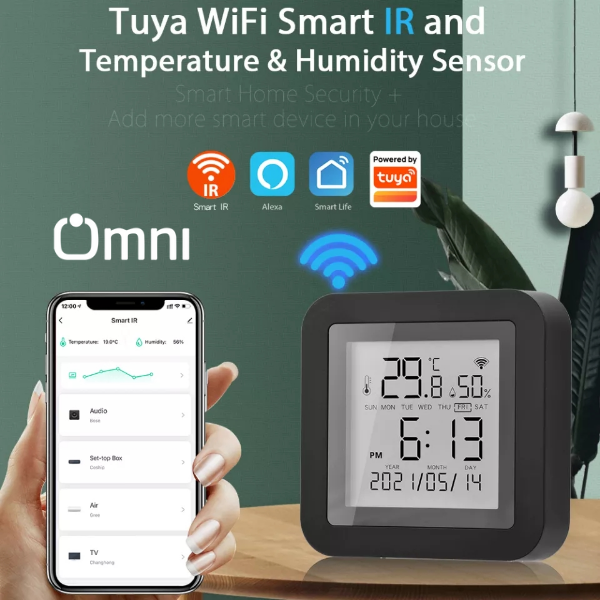Humidity and temperature sensors are essential devices for monitoring indoor air quality and maintaining comfortable and healthy living environments. These sensors work by measuring the amount of moisture and heat in the air and converting that data into a readable form that can be easily understood by homeowners. In this article, we will explore the features and specifications of humidity and temperature sensors for home use, how they work, and their benefits.
Features and Specifications
Humidity and temperature sensors for home use are typically small and unobtrusive devices that can be placed in various areas of the home, such as the living room, bedroom, or kitchen. These sensors are designed to measure the relative humidity (RH) and temperature of the air and provide accurate readings. Most sensors use digital technology to provide precise and reliable measurements, which are displayed on a screen or sent to a smartphone app.
Some common features and specifications include:
Accuracy: The accuracy of the sensor is crucial for obtaining reliable readings. A good sensor should have an accuracy of at least ±2% for RH and ±0.5°C for temperature.
Range: The range of the sensor refers to the minimum and maximum values it can measure. A typical range for humidity is between 0% and 100%, while the temperature range is between -40°C and 125°C.
Response Time: The response time of a sensor refers to how quickly it can detect changes in the environment. A good sensor should have a response time of less than 10 seconds.
Calibration: Humidity and temperature sensors need to be calibrated periodically to maintain their accuracy. Some sensors have built-in calibration features that make the process easier.
Connectivity: Many sensors come with wireless connectivity options, such as Bluetooth or Wi-Fi, which allow homeowners to access the readings remotely using a smartphone app.
How Do Humidity and Temperature Sensors Work?
Humidity sensors work by measuring the amount of moisture in the air. There are two main types of humidity sensors: capacitive and resistive. Capacitive humidity sensors work by measuring the electrical capacitance of a material that changes with the RH of the air. Resistive humidity sensors, on the other hand, work by measuring the electrical resistance of a material that changes with the RH of the air. Both types of sensors provide accurate and reliable readings.
Temperature sensors work by measuring the thermal energy in the air. There are several types of temperature sensors, including thermistors, thermocouples, and infrared sensors. Thermistors work by measuring changes in electrical resistance as the temperature changes. Thermocouples work by measuring the voltage produced when two different metals are heated. Infrared sensors work by detecting the thermal radiation emitted by objects and converting it into a temperature reading.
Benefits:
There are several benefits to using humidity and temperature sensors in the home:
Improved Comfort: Humidity and temperature sensors help homeowners maintain a comfortable and healthy indoor environment by ensuring that the RH and temperature levels are within the recommended range.
Energy Savings: By monitoring the temperature and humidity levels in the home, homeowners can adjust their HVAC system to operate more efficiently, leading to energy savings and lower utility bills.
Health Benefits: High humidity levels can promote the growth of mould and mildew, which can be harmful to human health. By monitoring the humidity levels in the home, homeowners can take steps to prevent mould growth and maintain a healthy living environment.
Prevent Property Damage: High humidity levels can also cause damage to furniture, electronics, and other household items. By monitoring the humidity levels, homeowners can prevent damage and prolong the lifespan of their belongings.
Conclusion
Humidity and temperature sensors are essential devices for maintaining a healthy and comfortable living environment in the home.



